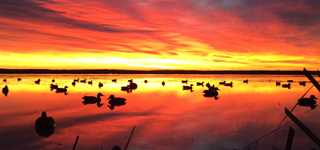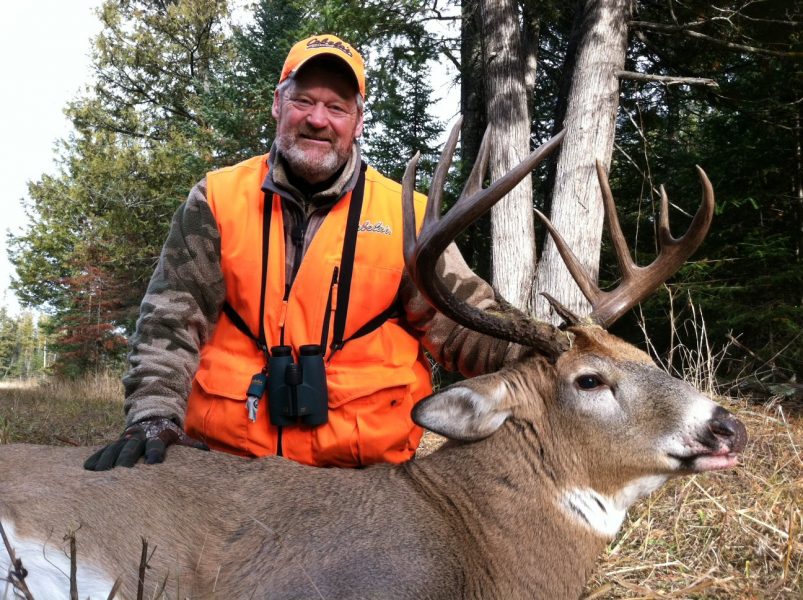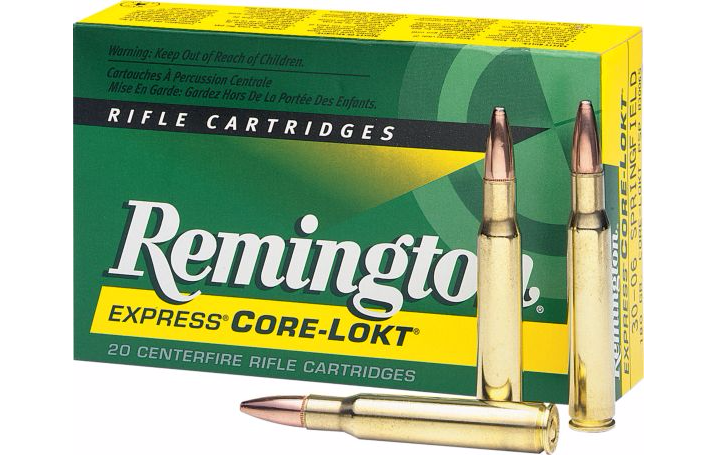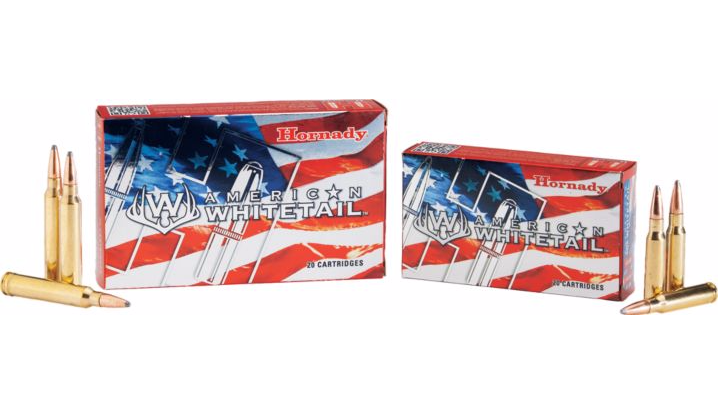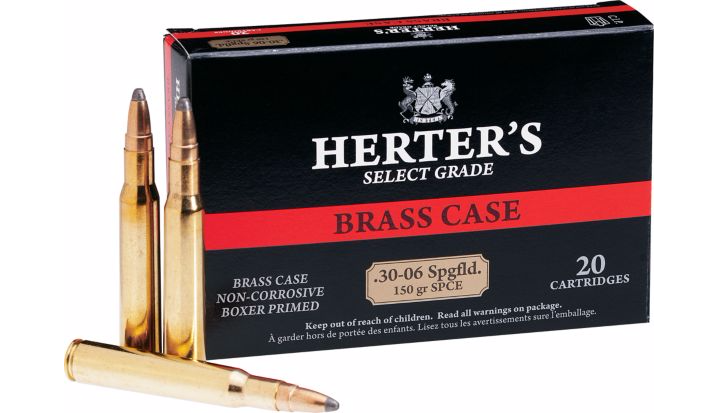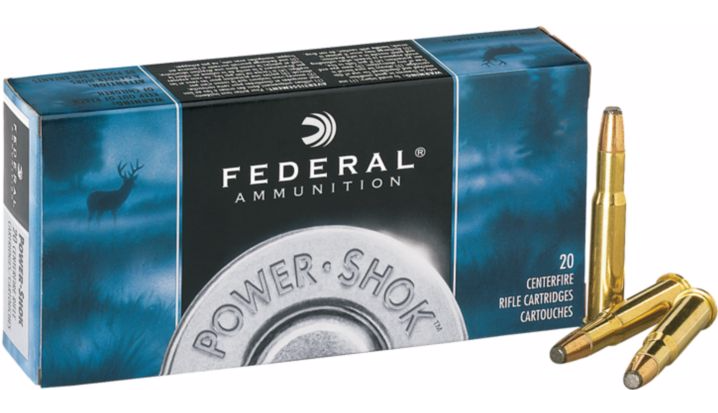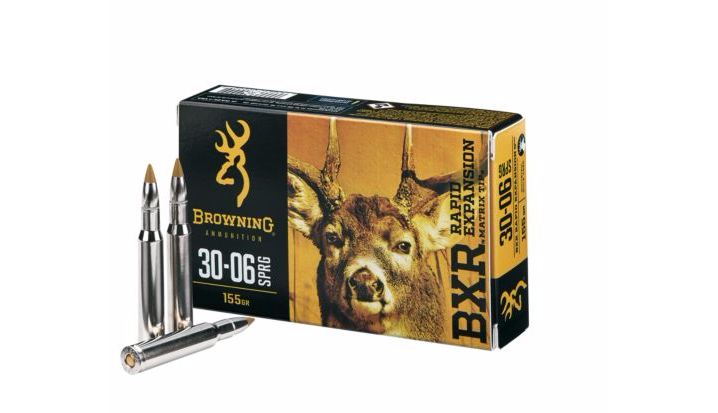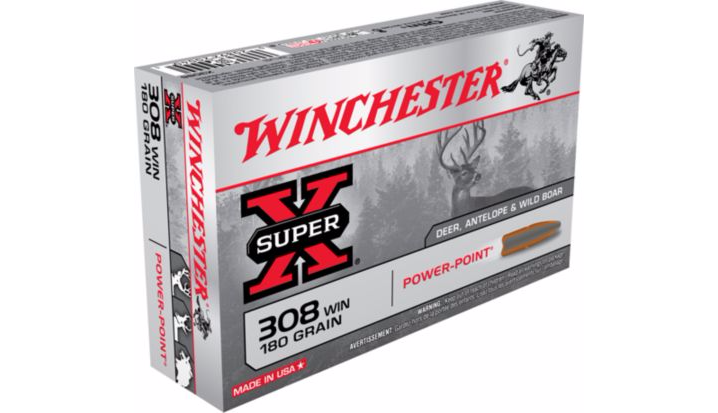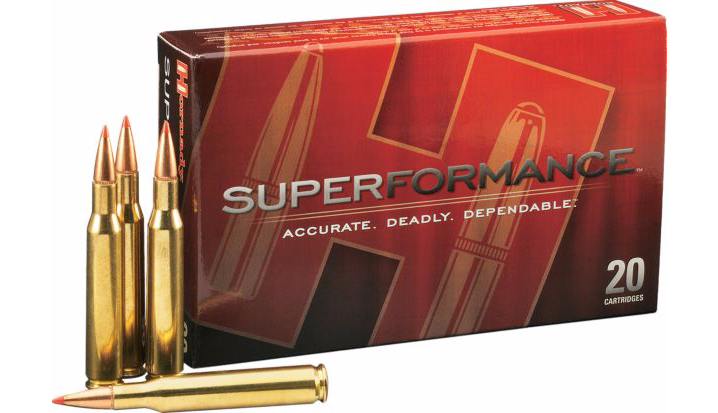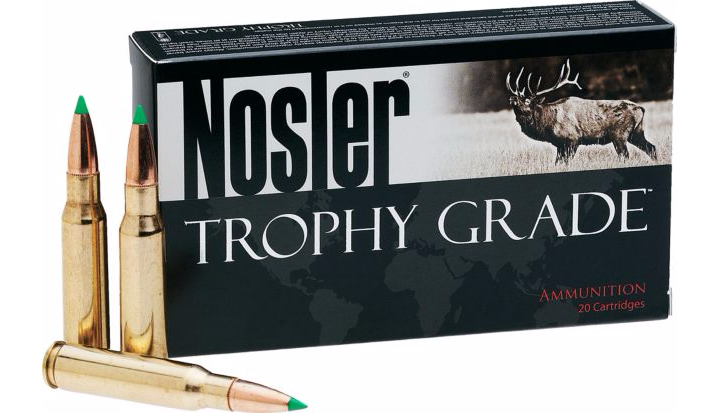Some of us hunters have, in my opinion, an advantage some don't, or do we..?… But it's not the advantage that some think it is.Hunting large ag fields that have corn and soybeans planted on them every year are in no doubt great places to find lots of deer and mature bucks. But these pieces of ground are very fragile when it comes to hunting and patterning big deer. The summer time soybeans are always a great place for bachelor groups to hang out. I'm also a firm believer in standing corn providing cover for big bucks in the summer and a great food source when the ears of corn start to harden. But as the crops dry up for harvest our tactics and deer change. Some deer disappear from these properties and some hang around. The amount of timber on a farm is a factor. I'm mainly talking about Ag land with very little timber on it in this article.

There comes a time when those soybeans start to turn yellow and that's when things suddenly change. That's usually the time the velvet starts shedding and buck patterns start to change. The beans turning always brings those deer sightings down, and that's when we start to worry where those bucks went.. It can really shake a hunter up! Trust me, I know.. But don't panic. At this point I try to focus on where the main bedding areas are. I'm not as focused at this point on a food source. I'm more focused on a buck's bedding habits. I feel at this critical time when the summer pattern is making it's change to a breeding pattern is when a big buck hunter can move in and catch a buck off guard.

I really feel a mature buck that's been around a few seasons knows what's coming. And that window has just opened. He's resting up for just a bit for a very busy couple months to come. They're a lot smarter than we think and they are also lazier the older they get..You just have to find his bedroom. Because he's still using the same bedding he was using while he was eating soybeans. Don't get me wrong, he may still be eating some soybeans but not like he was. His whole attitude has changed at this point, he's gone from filling his belly daily, to thinking about the ladies and his next move. He has no choice, it's in his nature, and he may be gone soon.
I hunt a couple farms that are mostly open, therefore finding the bedroom is much easier. I know a lot of Ag land has very few woods on it, but finding that tree line in the middle of a crop field is dynamite.Especially in the early bow season when these bucks are stuck in between a feeding pattern and the coming rush of testosterone.If they've had a safe place, (doesn't have to be big nor thick) to bed all summer with no pressure, there's a good chance they'll hang around until the first phases of the rut OR until the crops are harvested.
I think when the combines roll in it changes everything, especially on land with less timber. This is very true in cornfields, yes a fresh cut corn field will draw a lot a deer in for a few days. But a mature buck that's been living in the security of that corn all summer will leave very quick once it's cut. I've seen this happen on trail cameras before and after crops are harvested. This is more the case on land where there are small amounts of timber, especially tree lines running through these fields that's been his home all summer.

Finding that special tree in these big Ag fields is sometimes a challenge and sometimes it's easy. If you can find the bed, you then have to find the trails going to and from. I've always noticed what I call pinches on just about every piece of Ag land I've looked at. We all have access to a satellite map in some form. They are easy to spot most of the time. I'm mainly referring to tree lines and ditches that run through farmland. I've heard several hunters say, "there's not enough woods to hunt on that place"… But all you need is one tree. Especially if it's in a narrow section of woods running through the crops. It just makes it easier in my opinion. And if there's a bedding area anywhere on that stretch, it's gotta be a trail going to and from. You just have to narrow it down, have easy access, and find the best wind. Mature bucks will walk just inside these tree lines.
Open Ag land can be very rewarding and can be a big let down. It just has a small window that you can take advantage of early and be successful. Never think there are too little woods to hunt in these huge fields. That little narrow tree line way out there may be where a buck of a lifetime is living. Approach it smart and it may just pay off!!
Be safe!
-Nick Mealer


 There are many myths about buck habits and deer hunting in
general. One common myth among hunters is perceived buck size based on
rub tree size; the bigger the tree, the bigger the buck. This isn't
always true. (Travis Faulkner photo)
There are many myths about buck habits and deer hunting in
general. One common myth among hunters is perceived buck size based on
rub tree size; the bigger the tree, the bigger the buck. This isn't
always true. (Travis Faulkner photo)







